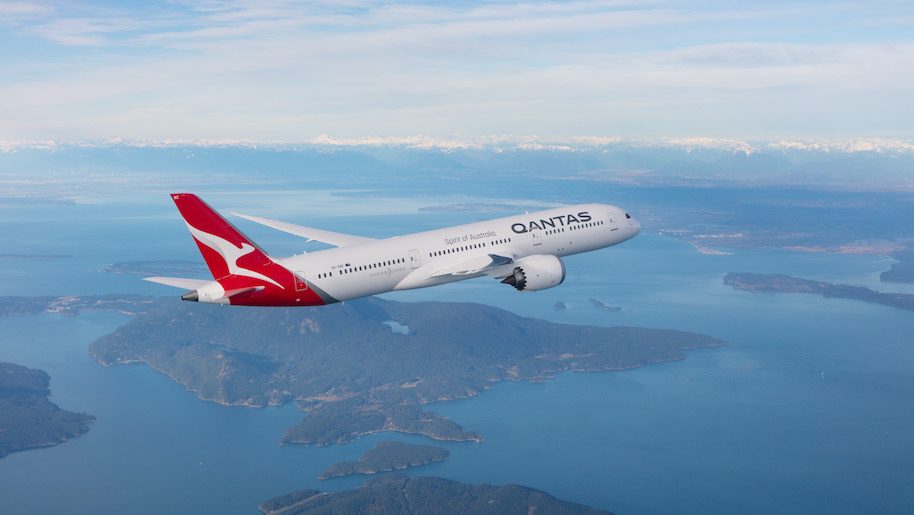
Qantas will retrofit its existing fleet of international aircraft with fast and free inflight wifi, with the service due to be progressively switched on from the end of calendar year 2024.
The oneworld member carrier says that the expansion of wifi to its international fleet was deferred until global satellite technology was able to deliver a similar quality connection that Qantas customers have when travelling domestically.
The speed and reliability of Qantas’ domestic wifi service has driven average take-up rates of 75 per cent, with some routes showing up to 100 per cent uptake.
Qantas will offer ‘fast and free’ international wifi via provider Viasat, with enough bandwidth for every passenger to enjoy a fast and consistent connection, including the ability to stream movies, TV shows, the latest news bulletins and live sports.
Qantas’ A330, B787 and A380 fleets will progressively be retrofitted to enable connection to Viasat’s expanding next-generation satellite network.
The A330-200LR installation program will be built into the existing heavy maintenance schedule starting in March 2024. Installation on all eight of these aircraft is expected to be complete by the end of this calendar year, coinciding with the launch of a new satellite covering Southeast Asia. Installation programmes for exisiting 787-9 aircraft, A380 and A330-300s will commence from 2025.
New aircraft currently on order, including A350 and B787 fleets, will be wifi capable when delivered.
Jetstar will introduce onboard wifi its international widebody fleet from 2026, as part of its Boeing 787-8 cabin refresh.
Separately, the Qantas Group has revealed what customers can expect from its Airbus A220s when the new aircraft start flying commercially next month, as part of a multi-billion-dollar investment pipeline over the next few years.
The A220 will fly between cities like Melbourne, Hobart, Brisbane and Canberra, as well as to key regional cities like Coffs Harbour and Launceston. With double the range of the 717s they replace, the A220 can fly between any two points in Australia and to several offshore destinations, creating new route options in future.
Qantas’s A220s will seat 137 passengers across two cabins, with 10 business seats in a 2-2 configuration and 127 seats in economy in a 2-3 configuration. Wifi connectivity will be available on the Qantas A220 fleet.
The first A220 commercial flights are on sale this week for travel from 1 March 2024 on Melbourne-Canberra and Melbourne-Brisbane; this expands to Melbourne-Hobart from July 2024, Melbourne-Coffs Harbour from October 2024 and Melbourne-Launceston from November 2024 as more aircraft are delivered.
Moreover, the group has confirmed eight additional Airbus A321XLRs for Qantas Domestic from its existing orderbook announced as part of its domestic fleet renewal programme. This brings the total number of Qantas A321XLRs on order to 28, with the first due to arrive in early 2025.
The A321XLR is five metres longer than the 737s it replaces and will seat up to 200 passengers (20 i business and 180 in economy) – an increase of up to 15 per cent in capacity with no reduction in space between seats.
“We understand the importance of affordable air travel and more capacity in the market means fares have fallen more than 10 per cent since peaking in late 2022,” Qantas CEO, Vanessa Hudson, said on 22 February.
She added: “We know that staying connected is important to customers on international flights, and we’ve deliberately waited for the same high-speed connection we use domestically to be available on our overseas routes.
The new widebody aircraft we have on order in the next few years will come with high-speed Wi-Fi enabled but today we’re announcing we’ll be fitting it to our existing long-haul aircraft from late 2024, which coincides with a new satellite launching that will significantly expand coverage,” Hudson said.












